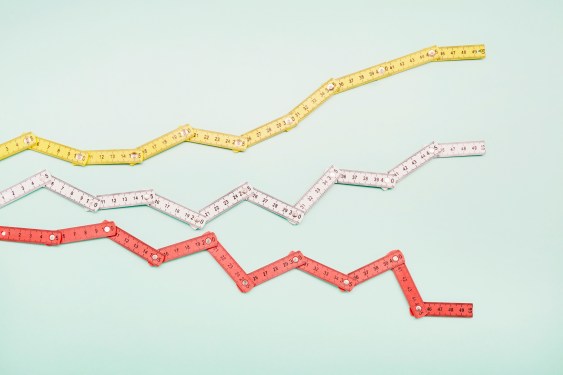Venture Fund Performance: Separating Fact from Fiction
Over the last year, the venture industry has faced significant challenges. The bull market had pushed valuations to unsustainable heights, raising concerns about startup down rounds and cash burn, which would negatively impact VC fund performance. However, before Silicon Valley Bank’s failure, the venture landscape was performing relatively well.
A Closer Look at Fund Performance
It may seem that the opposite is true, according to a recent report by the University of California’s endowment. However, this report only looked at funds with vintages of 2018 or later, which haven’t yet hit the critical J-curve. Calling these funds "underperforming" wouldn’t tell the whole story, as the numbers don’t take into account the fund’s lifecycle.
The Fund Lifecycle
Most fund lifecycles are approximately 10 years long and don’t start making money immediately by design. A typical fund invests capital for three to five years, causing its "performance" to drop initially. Once the fund is deployed, it hits that J-curve and starts to see its value climb back up sharply as the assets in the fund gain value.
Disrupting the Timeline
VC firms can sometimes disrupt this timeline by backing relatively early-stage companies and exiting investments within 12 months. However, 2021 wasn’t a normal year. What’s been happening at Sequoia would be totally normal in an otherwise healthy market.
The Real Story Behind Venture Fund Performance
Data shows that, as a whole, venture funds were doing just fine despite market pressures. A recent PitchBook report examined fund performance across VC funds at all stages, regardless of maturity. The report found that the rolling one-year IRR was 2.8%, the lowest it has been since Q4 2016, which isn’t particularly bad for the venture industry.
The Importance of Fund Maturity
This figure includes funds across their lifecycle, implying there are funds in this data set that are still deploying capital and will have low or even negative returns at this time. Naturally, these funds’ performance won’t be indicative of their future success. In fact, many funds will perform better than a 2.8% return.
Looking Ahead
While cumulative returns for individual quarters were decreasing through the third quarter of 2022, it’s essential to remember that venture is a long-term game. The three-year, five-year, and 10-year horizon IRRs are clocking in at 26.8%, 22.8%, and 16.6%, respectively.
LP Performance
Looking into both individual LP performance and fund performance gives no reason for broad panic yet. In fact, several LPs continue to invest in venture, despite market pressures from Silicon Valley Bank’s failure.
Examples of Continued Investment
The City of San Jose Police and Fire Department Retirement Plan is looking to invest in venture this year as the asset class is currently under target. While many said LPs would flock to familiar managers, some like the San Francisco Employees Retirement System are still forging new manager relationships in their PE portfolio.
Conclusion
While it’s no doubt that some funds may be struggling more so now due to market pressures from Silicon Valley Bank’s failure, current venture performance gives no reason for broad panic yet.

